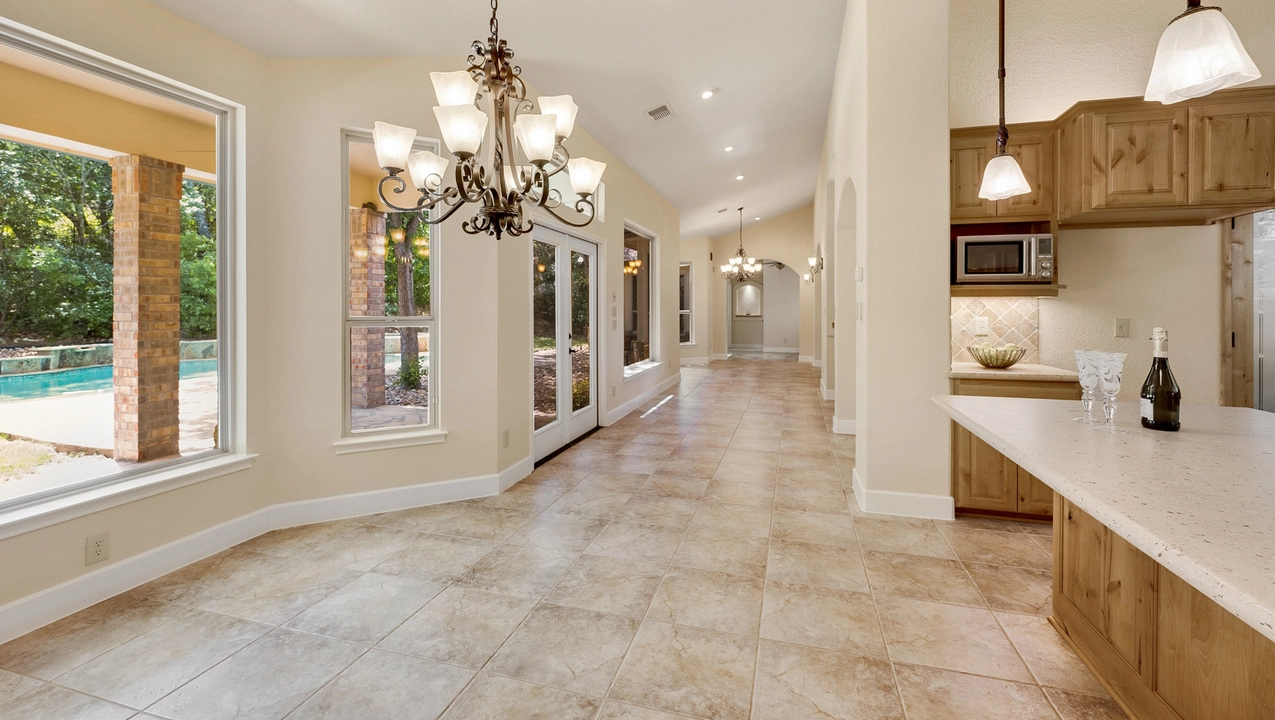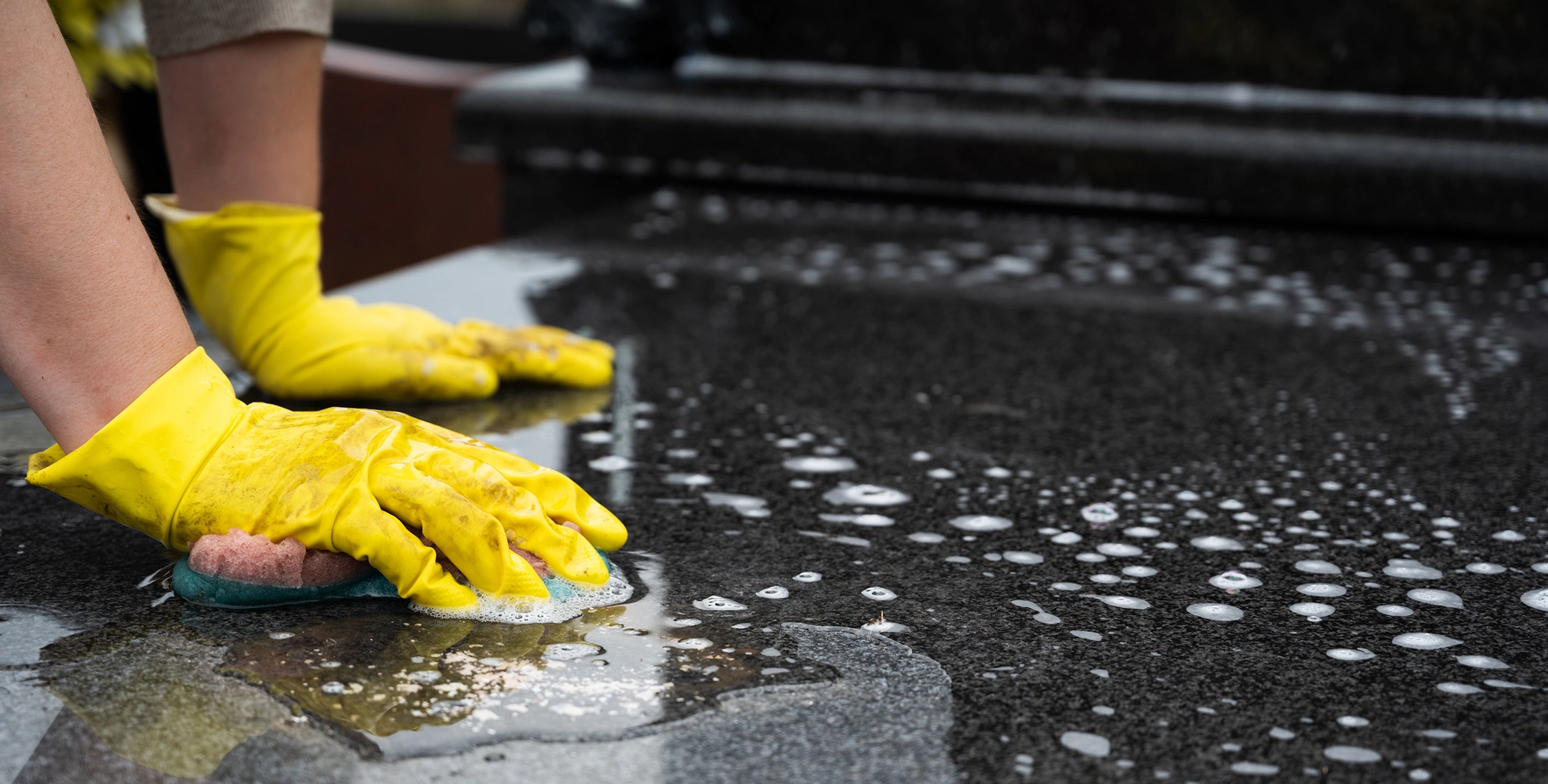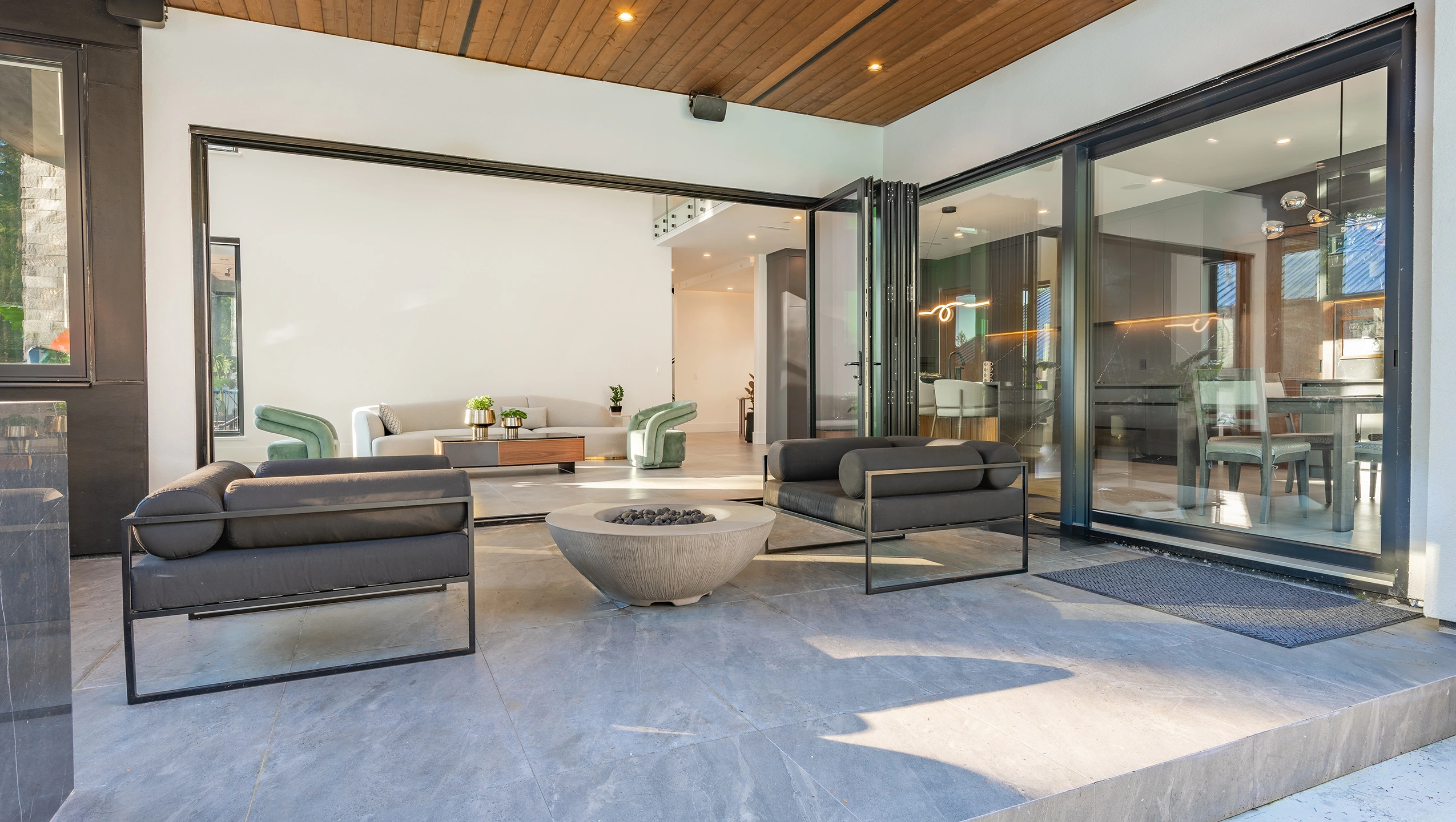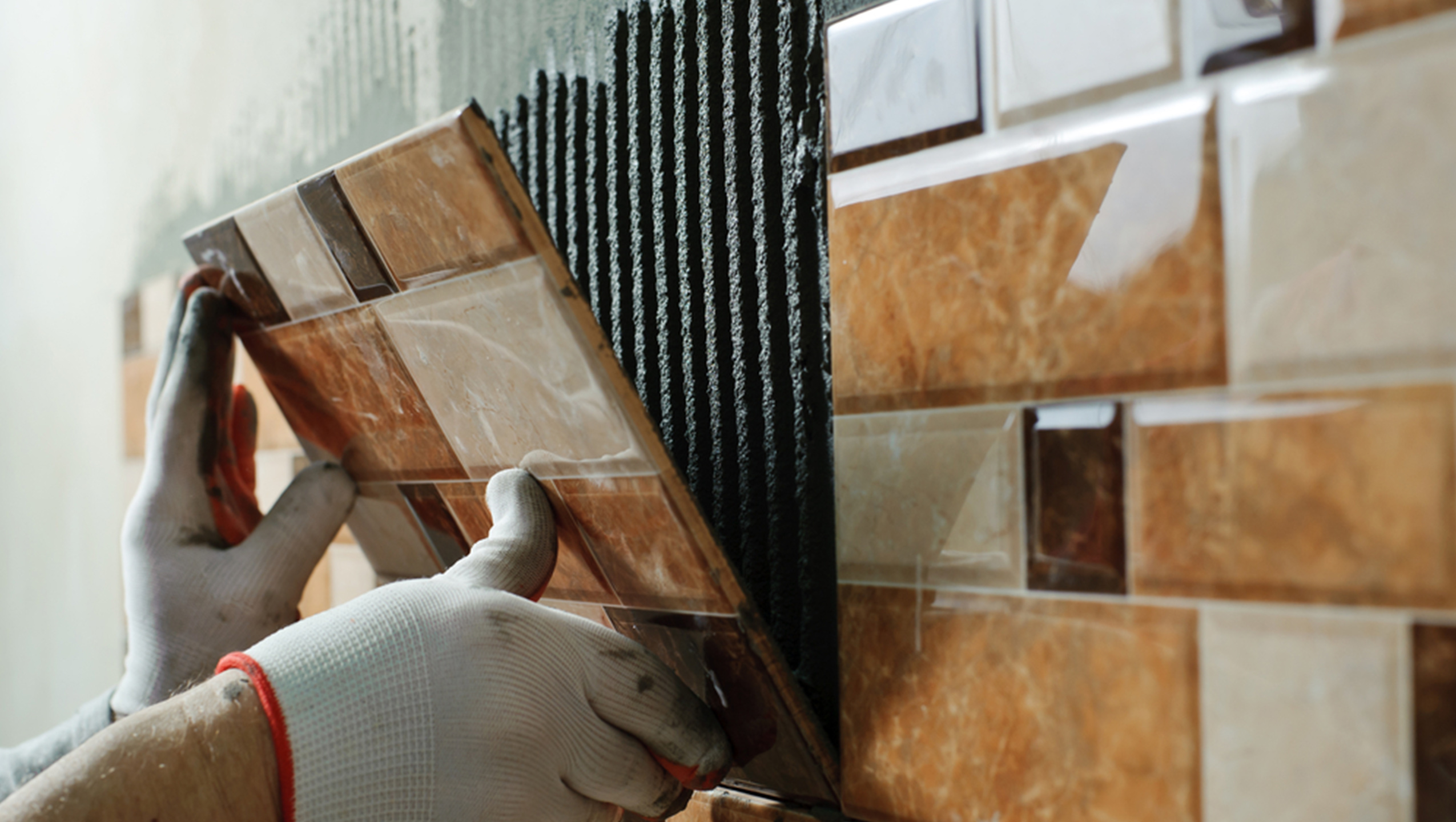Choosing the right flooring material for your home—especially if you have young children—is a critical decision that involves many factors. Two popular options often considered are wood flooring and granite. Each has very different characteristics, and understanding their pros and cons can help you make the best choice for your family's needs.
This article will provide an in-depth comparison of the two, from scratch resistance and ease of maintenance to long-term investment value. When comparing granite vs. wood, granite often comes out on top in terms of sheer durability. Let's dive into the analysis to find the most suitable flooring material to support your daily household activities.
Comparing Wood Flooring vs. Granite for a Home with Young Children
1. Durability Against Scratches and Impacts
Wood flooring, whether solid hardwood or engineered wood, has a relatively soft surface compared to granite. Despite having a protective top layer, its surface is still vulnerable to scratches from dragged toys, roller skates, or chair legs without felt pads. Impacts from dropped heavy objects can also leave permanent dents or damage on the wood's surface.
As a natural stone formed under millions of years of pressure, granite has an extremely high hardness level. Its polished surface is highly resistant to the everyday scratches that come from children's activities. Toys, utensils, or furniture are unlikely to leave a mark. In the granite vs. wood debate, granite's density and hardness are generally superior even to standard ceramic tiles, making it even tougher.
2. Ease of Maintenance and Cleanliness
Wood floors require special care. Spills of water, milk, or other liquids must be cleaned up immediately, as they can seep in and damage the wood, causing stains or rot. Harsh cleaning chemicals can also ruin the finish. The seams between wood planks can also become a place for dust and dirt to hide.
Granite that has been polished and sealed with a quality sealant has a waterproof and stain-resistant surface. Spills from drinks, food, or even marker pens can be easily wiped away without leaving a trace. Its smooth, seamless surface makes sweeping and mopping up dust, sand, or food crumbs simple, creating a more hygienic environment for a child who is learning to crawl or play on the floor.
3. Comfort and Warmth
In terms of physical comfort, wood flooring excels with its natural warmth. The material feels pleasant to the touch, making it ideal for sitting or for a child's play area. Its slightly softer nature can also cushion minor falls. Wood flooring also provides a warm, cozy, and elegant ambiance that is hard to match.
On the other hand, granite feels cooler to the touch as it is a natural stone. However, in a tropical climate, this property is actually an advantage, providing a natural cooling effect. Any lack of softness in a child's play area can be easily remedied with a stylish rug or a dedicated play mat. Granite remains consistently cool and each slab has a unique character, creating a solid and elegant impression.
4. Long-Term Investment Value
While wood flooring has a high aesthetic value, it requires regular maintenance like sanding and refinishing every few years, especially if the surface gets scratched or damaged from daily activities. This adds to the cost and complexity of homeownership.
When comparing materials, granite proves to be a superior long-term investment. Its incredible durability means it can last for decades without any significant change in its appearance or function. Unlike wood flooring which needs periodic refinishing, granite maintains its elegant and captivating look without special, intensive upkeep. This resilience makes granite a practical choice for an active household, as it will continue to look new even after the active childhood years have passed, thereby significantly increasing the property's value.
5. Resistance to Moisture and Spills
Wood is an organic material that is naturally susceptible to water and humidity. Spills that are not cleaned up promptly can cause the wood to swell, warp, or grow mold. This makes wood flooring less suitable for areas like the kitchen, bathroom, or even a living room prone to spills from your little one's cup.
With a proper sealant, granite is practically immune to water. This material is ideal for humid or spill-prone areas. Cleaning up spills of water, juice, or milk in the kitchen or dining room is effortless and comes without the worry of damaging the floor. This resistance is why granite often wins in the granite vs. wood debate for wet areas, as its solid structure is also more resistant to cracking under heavy loads.
Choosing a flooring material for a home with children requires careful consideration. From durability and maintenance to comfort and long-term investment, each option has its own advantages. In the granite vs. wood comparison, granite is often chosen for its superior durability for a wide range of household needs.
For those who want to create a look that is both elegant and functional, the Vellino Cream Collection is an excellent choice. Verda Cream offers a calming, natural feel; Oklahoma Cream provides the warmth of morning light; and Cristante Cream adds a delicate touch with its soft cream hue. These three collections can beautify your home while ensuring comfort and peace of mind for your family.
Popular Products
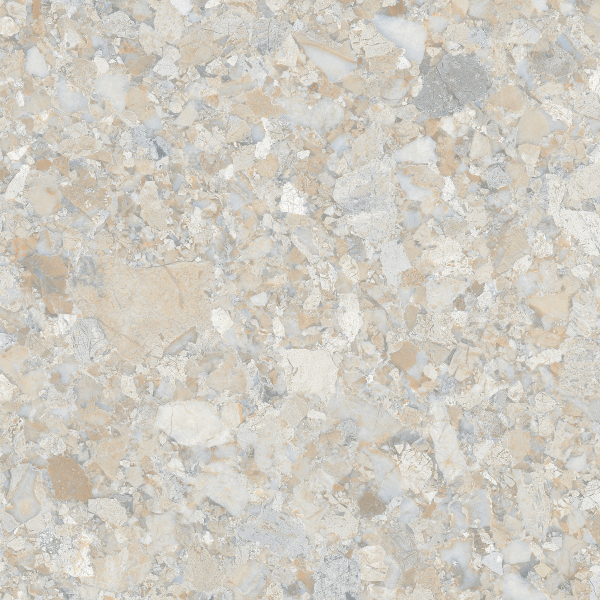
THETA VINCENT BEIGE
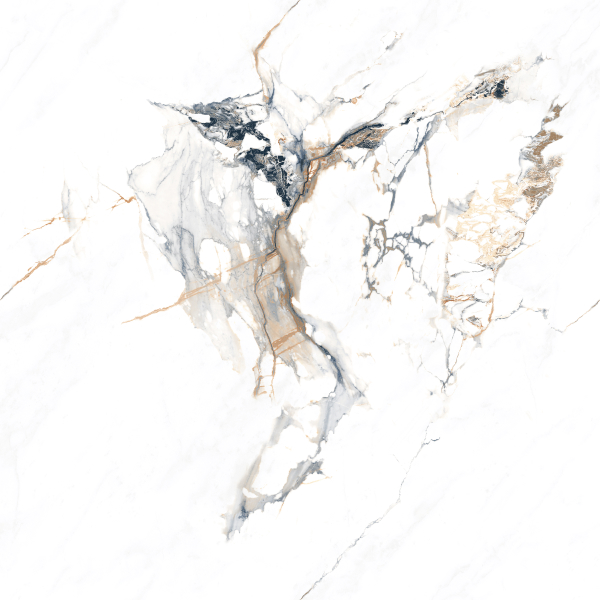
THETA NICOLLI WHITE
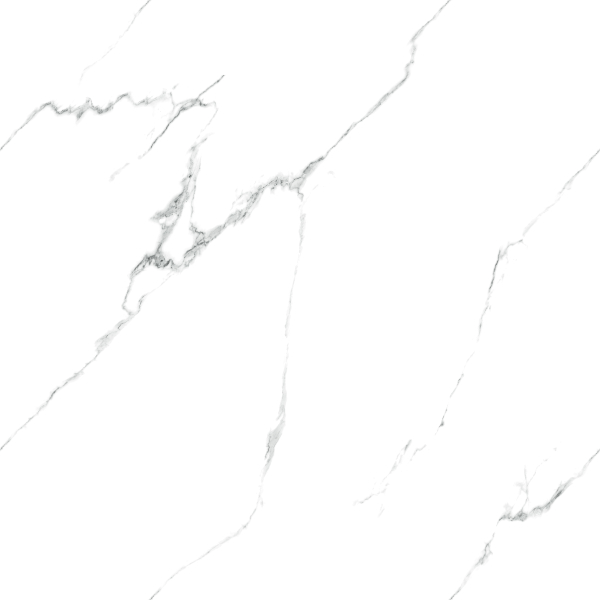
THETA RAFFINATO WHITE
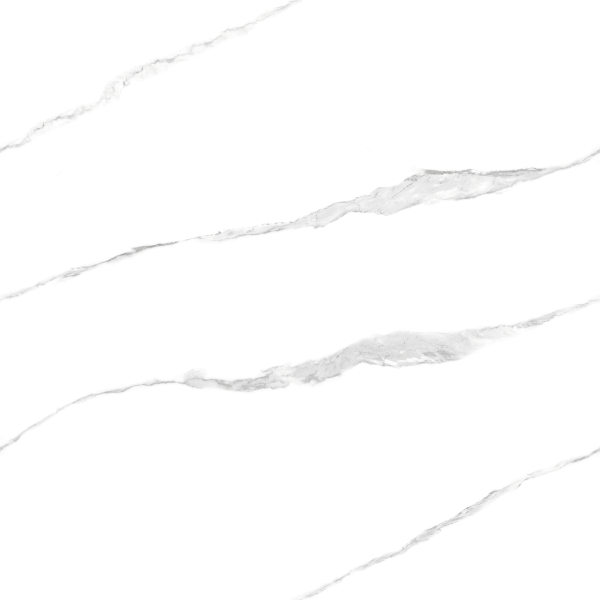
THETA GIARDINO WHITE
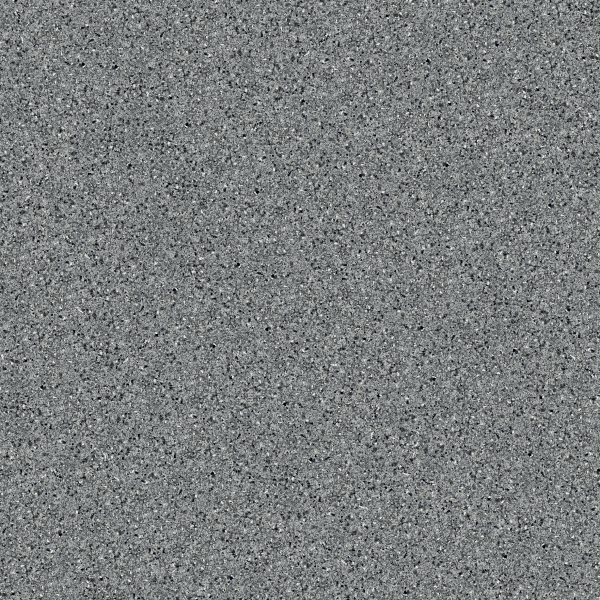
RUSTIC AVIRA CHARCOAL

